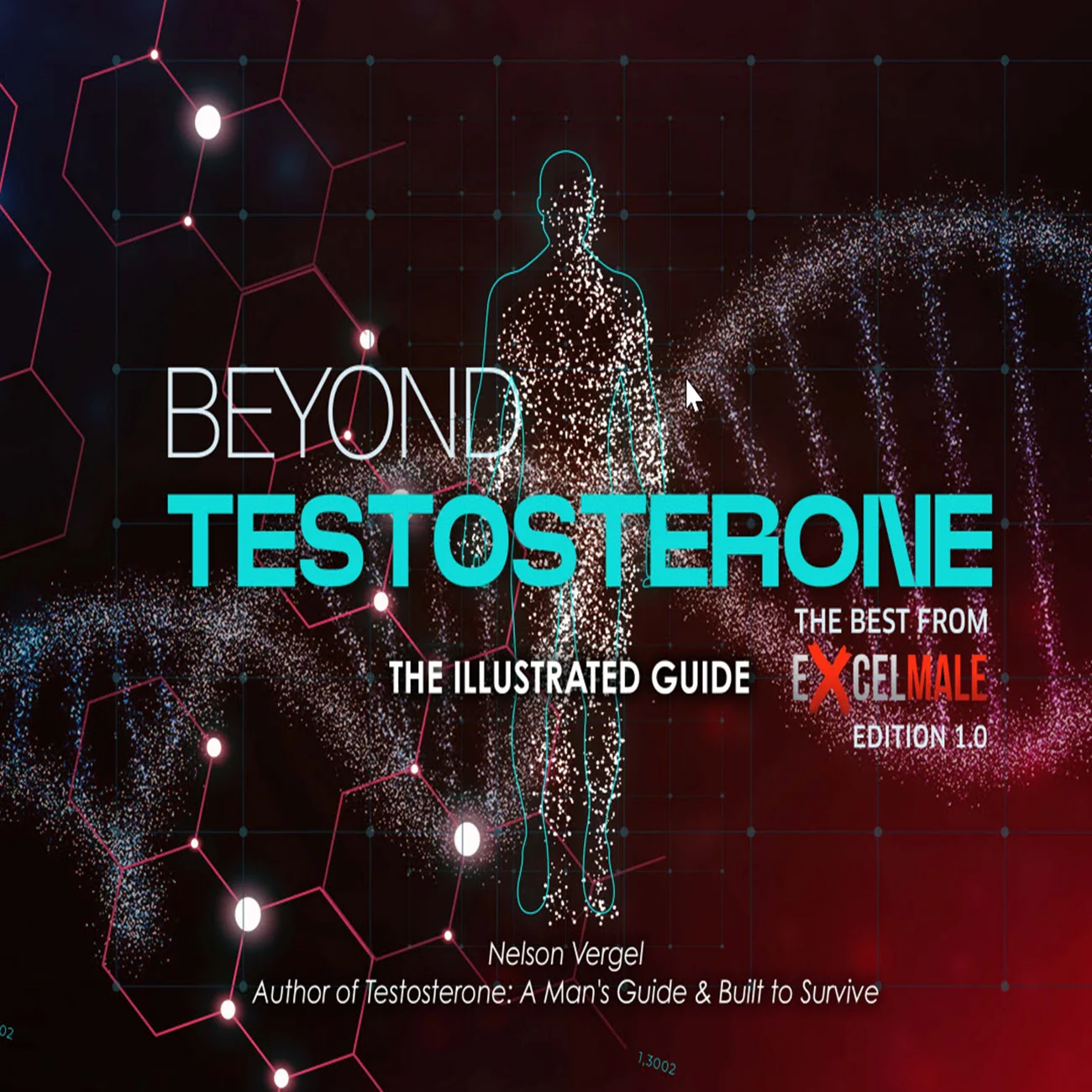Nelson Vergel
Founder, ExcelMale.com
Development of and Recovery from Secondary Hypogonadism in Ageing Men: Prospective Results from the EMAS.
Rastrelli G, et al. J Clin Endocrinol Metab. 2015.
Abstract
CONTEXT: Secondary hypogonadism is common in ageing men; its natural history and predisposing factors are unclear.
OBJECTIVES: 1) To identify factors which predispose eugonadal men (T ≥10.5nmol/L) to develop biochemical secondary hypogonadism (T<10.5nmol/L, LH≤9.4U/L) and secondary hypogonadal men to recover to eugonadism. 2) To characterize clinical features associated with these transitions.
DESIGN: Prospective observational general population cohort survey.
SETTING: Clinical research centres.
PARTICIPANTS: 3369 community-dwelling men aged 40-79 yr in eight European centres.
INTERVENTION: Observational follow-up of 4.3 years.
MAIN OUTCOME MEASURE: Subjects were categorised according to change/no change in biochemical gonadal status during follow-up into persistent eugonadal (n=1909), incident secondary hypogonadal (n=140), persistent secondary hypogonadal (n=123) and recovered from secondary hypogonadism to eugonadism (n=96). Baseline predictors and changes in clinical features associated with incident secondary hypogonadism and recovery from secondary hypogonadism were analysed by regression models.
RESULTS: The incidence of secondary hypogonadism was 155.9/10,000/year, while 42.9% of men with secondary hypogonadism recovered to eugonadism. Incident secondary hypogonadism was predicted by obesity [BMI≥30kg/m(2): odds ratio (OR)=2.86 (95% confidence interval 1.67;4.90); p<0.0001], weight gain [OR=1.79 (1.15;2.80);p=0.011] and increased waist circumference [OR=1.73 (1.07;2.81); p=0.026 and 2.64 (1.66;4.21);p<0.0001, for waist circumference 94-102 and ≥102 cm, respectively]. Incident secondary hypogonadal men experienced new/worsening sexual symptoms [low libido, erectile dysfunction and infrequent spontaneous erections]. Recovery from secondary hypogonadism was predicted by non-obesity [OR=2.28 (1.21;4.31); p=0.011], weight loss [OR=2.24 (1.04;4.85); p=0.042], normal waist circumference [OR=1.93 (1.01;3.70); p=0.048], younger age [<60yr OR=2.32 (1.12;4.82); p=0.024] and higher education [OR=2.11 (1.05;4.26); p=0.037], but symptoms did not show significant concurrent improvement.
CONCLUSION: Obesity-related metabolic and lifestyle factors predispose older men to the development of secondary hypogonadism, which is frequently reversible with weight loss.
Rastrelli G, et al. J Clin Endocrinol Metab. 2015.
Abstract
CONTEXT: Secondary hypogonadism is common in ageing men; its natural history and predisposing factors are unclear.
OBJECTIVES: 1) To identify factors which predispose eugonadal men (T ≥10.5nmol/L) to develop biochemical secondary hypogonadism (T<10.5nmol/L, LH≤9.4U/L) and secondary hypogonadal men to recover to eugonadism. 2) To characterize clinical features associated with these transitions.
DESIGN: Prospective observational general population cohort survey.
SETTING: Clinical research centres.
PARTICIPANTS: 3369 community-dwelling men aged 40-79 yr in eight European centres.
INTERVENTION: Observational follow-up of 4.3 years.
MAIN OUTCOME MEASURE: Subjects were categorised according to change/no change in biochemical gonadal status during follow-up into persistent eugonadal (n=1909), incident secondary hypogonadal (n=140), persistent secondary hypogonadal (n=123) and recovered from secondary hypogonadism to eugonadism (n=96). Baseline predictors and changes in clinical features associated with incident secondary hypogonadism and recovery from secondary hypogonadism were analysed by regression models.
RESULTS: The incidence of secondary hypogonadism was 155.9/10,000/year, while 42.9% of men with secondary hypogonadism recovered to eugonadism. Incident secondary hypogonadism was predicted by obesity [BMI≥30kg/m(2): odds ratio (OR)=2.86 (95% confidence interval 1.67;4.90); p<0.0001], weight gain [OR=1.79 (1.15;2.80);p=0.011] and increased waist circumference [OR=1.73 (1.07;2.81); p=0.026 and 2.64 (1.66;4.21);p<0.0001, for waist circumference 94-102 and ≥102 cm, respectively]. Incident secondary hypogonadal men experienced new/worsening sexual symptoms [low libido, erectile dysfunction and infrequent spontaneous erections]. Recovery from secondary hypogonadism was predicted by non-obesity [OR=2.28 (1.21;4.31); p=0.011], weight loss [OR=2.24 (1.04;4.85); p=0.042], normal waist circumference [OR=1.93 (1.01;3.70); p=0.048], younger age [<60yr OR=2.32 (1.12;4.82); p=0.024] and higher education [OR=2.11 (1.05;4.26); p=0.037], but symptoms did not show significant concurrent improvement.
CONCLUSION: Obesity-related metabolic and lifestyle factors predispose older men to the development of secondary hypogonadism, which is frequently reversible with weight loss.












